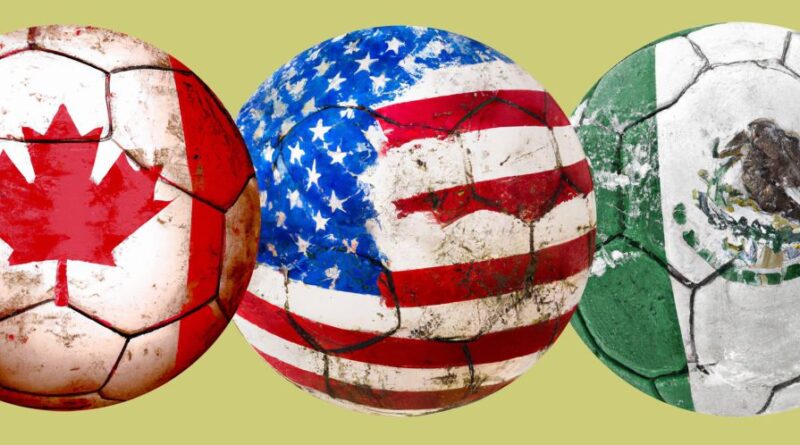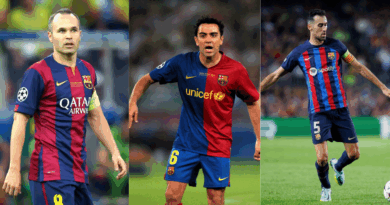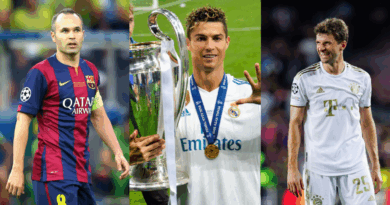New system shields top teams until semi finals in fifa world cup
Seeded separation
FIFA is reshaping the World Cup bracket using a new pairing model that places the four highest ranked nations in opposite sections of the knockout chart.
Reporting from the Pulsesports.co.ke explains that Spain and Argentina will be kept apart on one side, while France and England will occupy the other half.
The intention is straightforward, the organization wants to avoid losing major teams early and instead build toward high profile matches in the late stages.
This represents a notable shift from previous tournaments, where top seeded teams could meet as early as the quarter finals.
Read also: Man City 115 charges bombshell drops as ex-advisor reveals new timeline hint
The principle aligns with structures used in events like Wimbledon and the new Champions League format, where leading contenders are distributed with the aim of increasing competitive balance.
For England specifically, this structure would prevent any meeting with Spain or Argentina until the semi finals, provided they win their group. A showdown with France, by design, could only occur in the final.
Knockout engineering
FIFA has tested parts of this system before, most recently during the Club World Cup, where organizers experimented with digital bracket management.
The updated World Cup draw will lean heavily on that approach as the event expands to 48 teams for the first time.
Read also: Huge revenue jump can’t hide rugby’s looming trouble
The seeding pots confirm Scotland in pot 3, while the six play off winners, which may include Wales, Northern Ireland or the Republic of Ireland, will join pot 4.
Several first timers are also entering this edition, with Uzbekistan drawn into pot 3 and Jordan, Cape Verde and Curacao placed in pot 4. Their inclusion reflects growing football strength across Asia, Africa and the Caribbean.
Host advantages
The final draw is scheduled for 5 December, when the full layout of the group stage will be completed.
To reduce travel demands and maximize local support, the co hosts, the United States, Mexico and Canada, will receive fixed group positions. This guarantees that each will play all their group matches on home soil.
Read also: Xabi Alonso under fire as Real Madrid leaders face rising tension
Instead of manually drawing teams into specific match slots, FIFA will employ a digital grid that assigns nations to the next available group.
A computer is responsible for blocking incorrect placements, including making sure the four top seeds enter the correct halves of the knockout bracket.
Confederation hurdles
Geographical limits remain a core part of FIFA’s draw rules. With the exception of Europe, no group may contain more than one team from the same confederation.
Because Europe contributes 16 qualifiers across 12 groups, four groups will naturally contain two European nations.
Read also: Ronaldo cleared for World Cup opener after unusual FIFA ruling
These restrictions can make the final stages of the draw complicated. If Colombia emerges from pot 2, for instance, the computer will prevent their placement alongside Brazil or Argentina to avoid an all South American group.
The constraints tighten further for play off pathway winners, whose opponent pools are limited due to pre existing inter confederation arrangements.
Read also: Why all roads lead back to Manchester for Vincent Kompany




